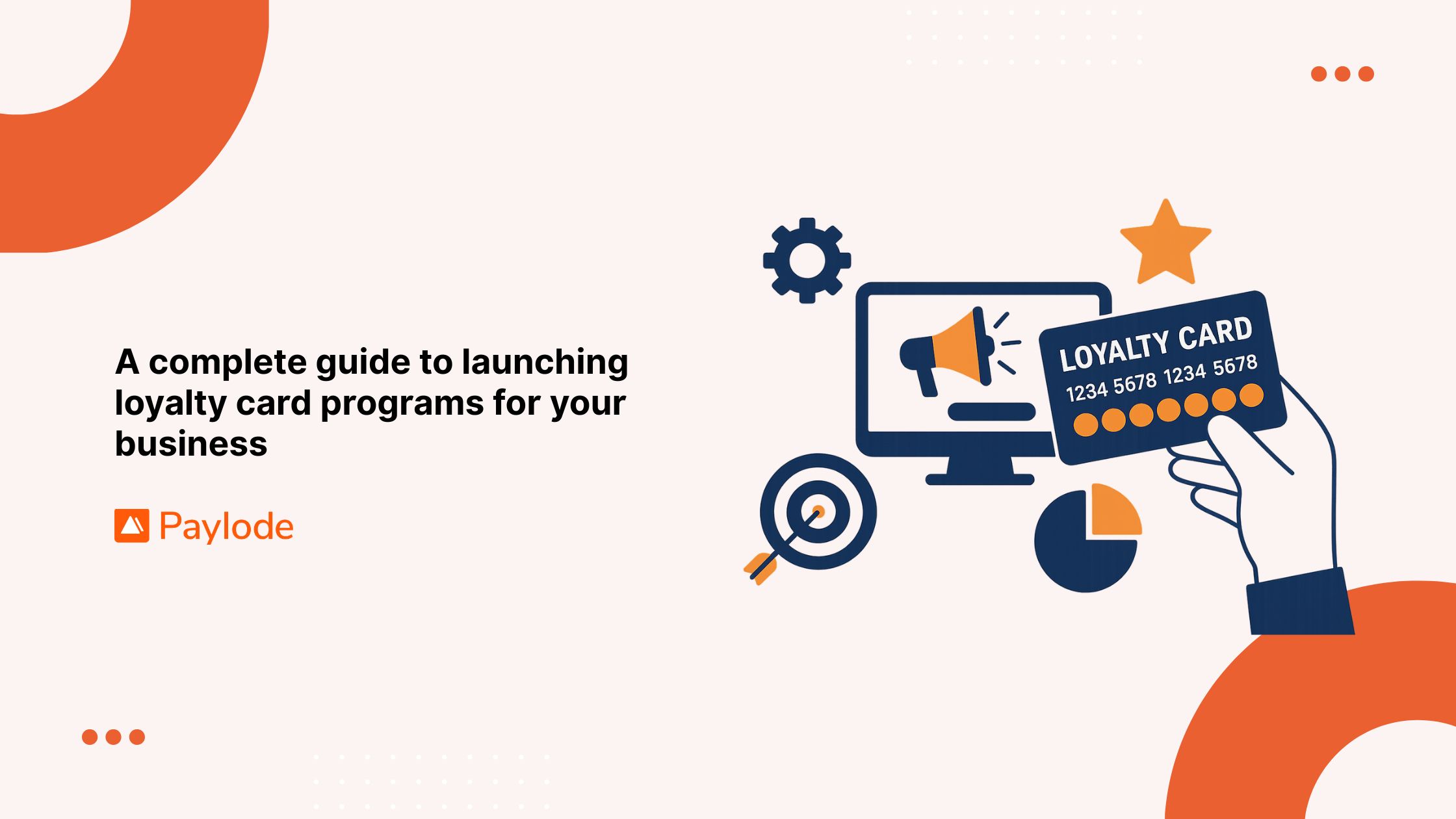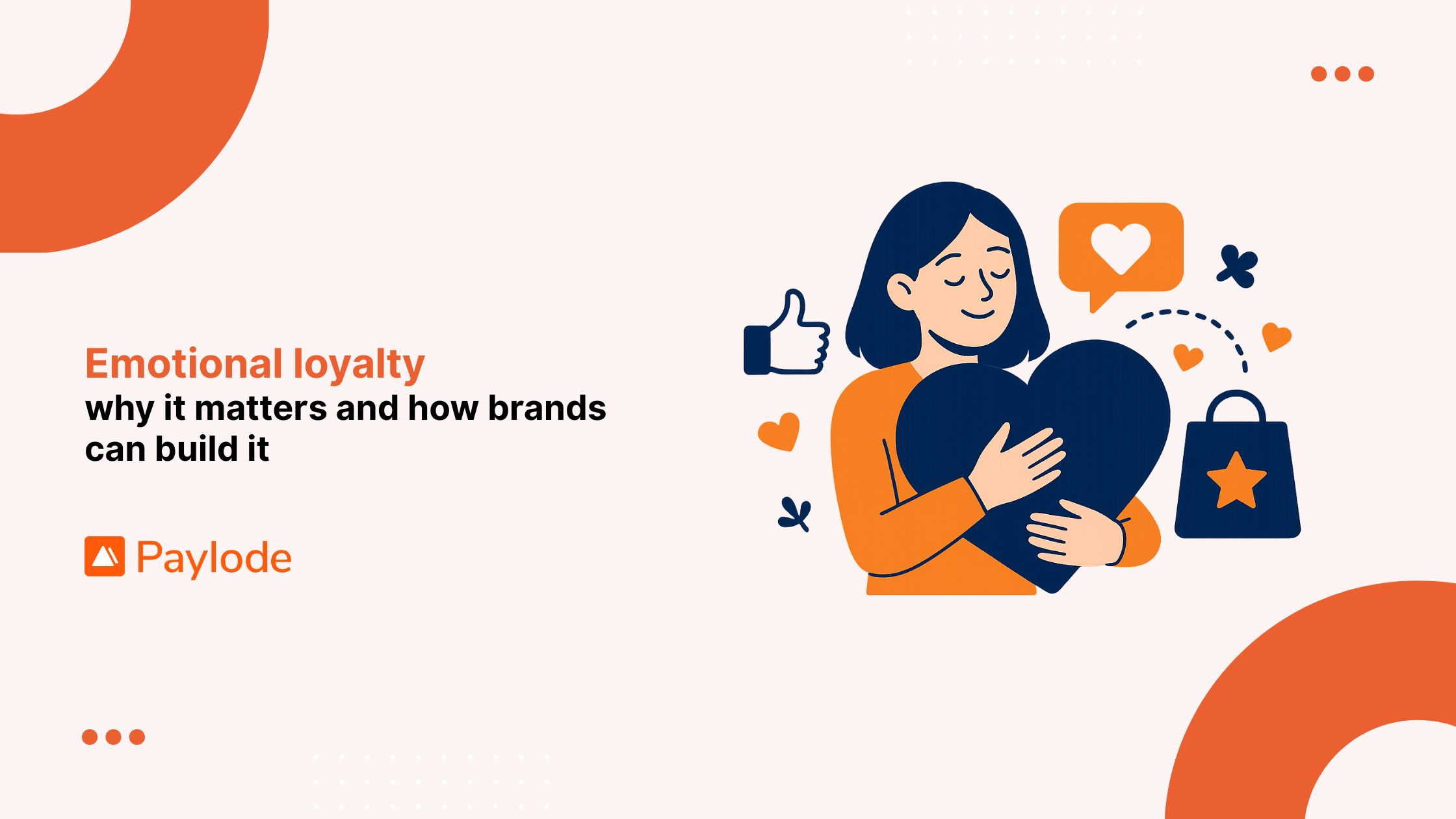As a business owner, setting the right pricing strategy for your products and services can be a daunting task. You need to ensure that your prices remain competitive while still generating enough revenue to keep your business running. It's common to use various pricing strategies at different times to spur sales or signups. But which ones and when? Let's dive in.
Our take
The pricing strategy you choose significantly impacts your customer value proposition and relationship model. Rebate users tend to be one-time shoppers focused only on bottom-line price rather than loyalty. Perks better suit brands selling ancillary services and looking to delight repeat buyers. Discounts help remove affordability barriers when done strategically. Promotions pump up interest and allow for creative testing.
The most successful brands use a mix of approaches tailored to business objectives and audience preferences. Low everyday pricing establishes baseline value while targeted temporary incentives drive action. Periodic promotions support new initiatives. Persistent perks reward loyalty. Moving away from deep discounting avoids conditioning buyers to only purchase on sale. Match the method to each purpose for optimal results across acquisition, retention, and referrals.
Discounts can devalue your product
Discounts are a price reduction that a customer receives at the point of purchase. It can be a dollar amount off or a percentage of the total price, and often only apply to specific customer segments, time periods, or products. Examples include student discounts, first-order promotions, bulk order discounts, and seasonal sales. Customers directly pay less at purchase with discounts.
Stephanie Chevalier reveals on Statista that from the "March 2018 findings, 53.8 percent of internet users ranging between the ages of 18 to 29 years stated that discounts and coupons were a very important feature in the overall digital purchasing decision, while in comparison only 34.3 percent of users aged 60 years and above stated the same."
According to CapitalOne, 92 percent of Americans will utilize at least one discount in a year.
Moreover, survey findings from Capterra’s study revealed 85% of online shoppers are willing to trade their personal data such as email, name, birthday, and gender in exchange for discounts.
Pros
- Increases affordability for targeted segments
- Provide immediate gratification for consumers since they get to save money right away
- Allows dynamic value-based pricing
- Can get first time purchasers over the line
- Attract new customers or retain existing ones.
Cons
- Can condition customers to only buy when something is on sale and at a significant reduction, leading to "discount dependency"
- Reduces ability to charge full price long term
- Across the board discounts diminish brand value
Use when
- Promoting new customers and trials
- Offering temporary reductions to boost volume
- Trying to reach more price-sensitive segments

Types of discounts
- Buy one, get one - the customer receives a second product for free or at a discounted price when they purchase one at full price.
- Seasonal discounts - these are discounts offered during specific seasons, such as holiday sales or end-of-season clearance.
- Volume discounts - customers receive a discount if they purchase products in bulk or reach a certain spending threshold.
- Percentage-based discounts - the customer receives a percentage off their total purchase, such as 10% or 25% off.
- Early payment discounts - these are discounts offered to customers who pay their invoices early or sign up for Autopay.
- Limited time offers - discounts that are only available for a limited time, such as flash sales or daily deals.
- Free shipping - customers receive free shipping on their purchases, which can be a big draw for online shoppers.
- Price bundling - offering a discount when customers purchase multiple products together.
- Clearance sale discounts - these are discounts offered to clear out old or excess inventory.
- Referral discounts - customers receive a discount when they refer others to your business.
- Loyalty program discounts - customers earn discounts based on their loyalty to your business.
- Email subscription discounts - customers receive a discount when they sign up for your email list.
Perks can complement your products
Perks are free or deeply discounted complementary products, services, or offers presented at specific points in the buyer journey.
Common perks include move-in bundles for new residents, discounts on local experiences or restaurants, deals on major brands that consumers use every day, and even post-transaction thank you gifts.
Pros
- Enhances customer experience and perceived value
- Drives initial and repeat purchases
- Offer discounts and deals on relevant products without putting anything on sale
- Can be used in any moment to help increase conversion on specific customer actions like signups or renewals
- Generate revenue on complementary products
Cons
- Must have access to a partnerships marketplace of offers
Use when
- Established brand with loyal customer base
- Looking to improve purchase frequency and increase customer lifetime value
- Seeking to drive interest in ancillary products
- Looking to create new revenue streams and increase conversion
- Complementary products could enhance the value of yours, like pet insurance offers for businesses that sell pet supplies and vice versa.

Rebates are seen as part incentive, part scam
Rebates are a form of an incentive where the customer receives a portion of the purchase price back after the sale has been completed. Rebates are usually offered for a limited time as an incentive to buy. Customers mail in a completed rebate form with their receipt and get money back weeks later.
Unlike the other options, the customer has to pay the full price upfront and then wait for the rebate to be processed. Rebates can come in the form of a check, prepaid card, or credit towards future purchases.
Typically, these checks are processed and issued by a third party, which conveniently means they get to blame the brand, and vice versa, when checks are late or not issued at all. Consumer Affairs writer Stephanie Moore says "Over $500 million in rebates go unfilled every year, many due to deceptive practices on the part of the companies or their "promotions companies."
Pros
- Drives initial purchase since the product seems less expensive upfront
- Good for high consideration but price sensitive products
- Allows you to collect customer data with the rebate submission
Cons
- Time lag means less tie to your brand at point of purchase
- Hassle of paperwork means low redemption rates
- Not a sustainable long-term strategy
Use when
- Target customers comparison shop primarily on price
- Want to move old stock or introduce new product
- Willing to sacrifice short term margin for customer acquisition
- You're ready to fulfill the redemptions on time and in full.
Types of rebates
There are a few different types of rebates that businesses can offer, including:
- Mail-in rebates - the most common type, where customers have to mail in proof of purchase and wait for the rebate check.
- Instant rebates - given at the time of purchase, reducing the total price paid by the customer.
- Online rebates - can be submitted electronically, making them more convenient for customers.
- Cashback rebates - relatively new type of rebate offered by especially by credit card companies. Customers can earn cashback on specific purchases made using their credit cards.
- Conditional rebates - tied to specific conditions, such as purchasing a certain quantity of products or making purchases within a particular time frame. Types of conditional rebates include:
- Quantity rebates - offering a rebate when a customer purchases multiple items.
- Loyalty rebates - rewarding customers who make frequent or large purchases.
- Seasonal rebates - offering rebates during specific times of the year, such as holidays or slow sales periods.
- Trade-in rebates - offering a rebate for trading in an old product when purchasing a new one.
What impacts each method
- Timing of savings. With a perk incentive or discount, the customer pays less upfront at the time of purchase. In contrast, with a rebate, the customer has to pay full price first and then wait for the savings to be processed. A promotion might require an upgrade or only be available to first time purchasers.
- Ease of use. Discounts are applied at the time of purchase, perks are available for a limited time, and rebates require additional steps such as filling out a form or mailing in proof of purchase.
- Perception. Perks can be seen as a value-add, offering some savings on a much-needed or related item.
- Redemption rates. A study conducted by Leflein Associates revealed that 41 percent of people who don't take advantage of rebates flat out forgot all about it. In contrast, perks are digitally redeemed and don't have a negative perception on your brand if the "check gets lost in the mail".
Where do you need help? A customer engagement expert can help you define which of these methods is right for you and your current business goals. Let's chat.



